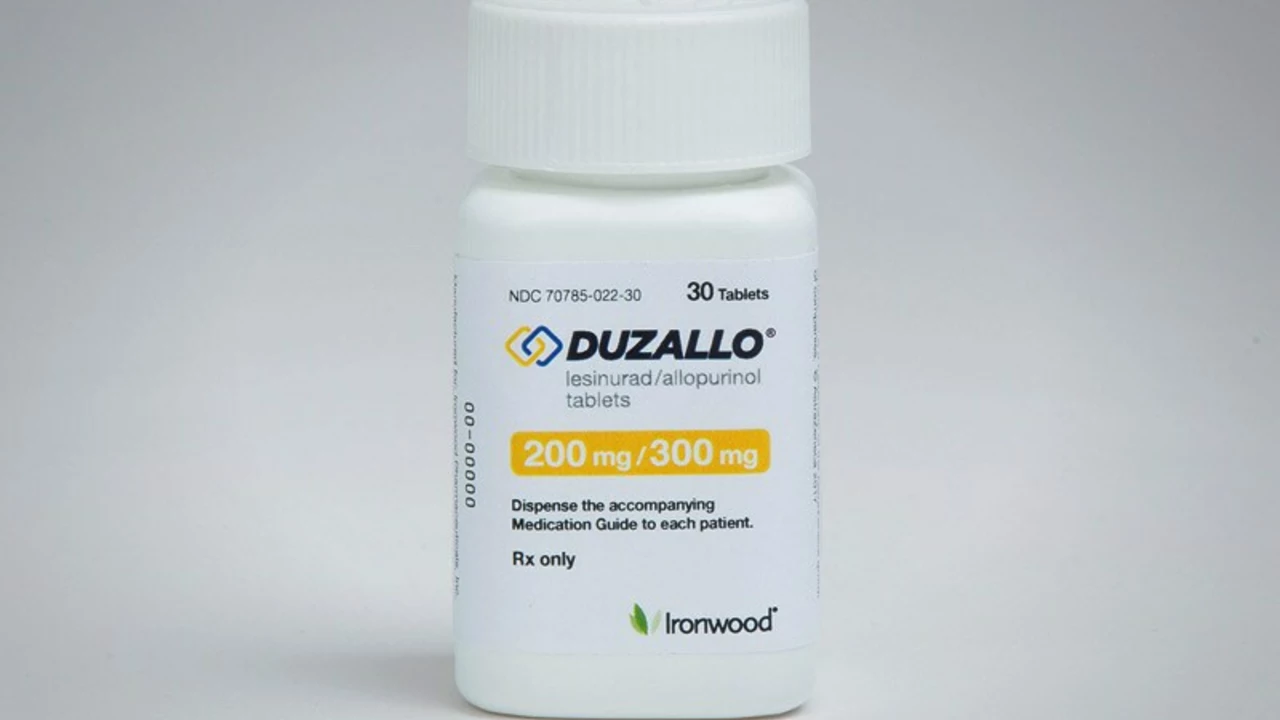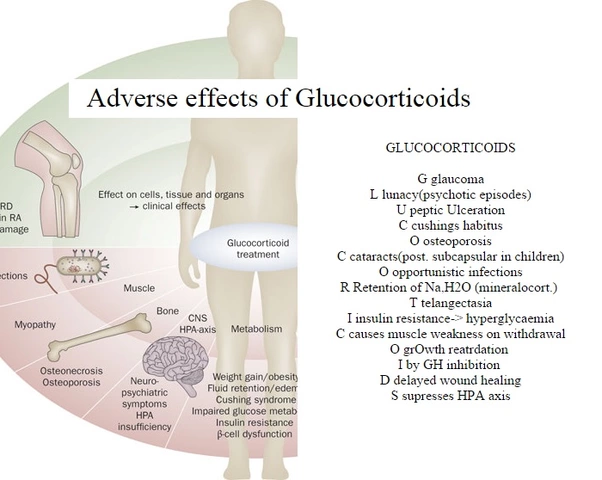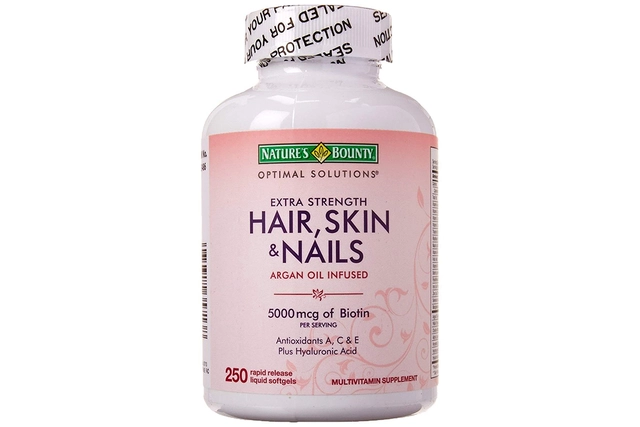Hyperuricemia: What High Uric Acid Means and What You Can Do
High uric acid often shows up quietly — most people have no pain until a gout attack or a kidney stone appears. Hyperuricemia simply means your blood has more uric acid than it should. The body makes uric acid when it breaks down purines, natural compounds in cells and in certain foods. If production is too high or your kidneys don’t clear enough, uric acid builds up.
Uric acid becomes a problem when crystals form. That can trigger sudden, sharp joint pain (gout), nodules under the skin (tophi), or kidney stones. Many folks never get symptoms, but the presence of high uric acid raises the risk of these complications—so paying attention matters.
Common causes and how doctors check it
There are two main reasons for hyperuricemia: your body makes too much uric acid, or your kidneys don’t remove enough. Causes include genetics, reduced kidney function, some blood disorders, and medicines such as thiazide diuretics and low-dose aspirin. Diets high in red meat, shellfish, alcohol (especially beer), and sugary drinks with fructose raise levels too.
Doctors usually find hyperuricemia with a simple blood test that measures serum uric acid. If you have joint swelling, they may remove fluid from the joint to look for crystals. They’ll also check kidney function and ask about medicines, diet, and family history. Targets often used are under 6 mg/dL for most people and under 5 mg/dL if you have tophi or frequent attacks.
Ways to lower uric acid — practical steps
Start with easy, effective changes. Drink more water — aiming for clear urine helps kidneys flush uric acid. Cut back on beer, spirits, and sugary drinks with high fructose corn syrup. Replace red meat and shellfish with more plant proteins and low-fat dairy, which can lower risk. Losing weight steadily helps; crash diets can actually raise uric acid temporarily.
If lifestyle changes aren’t enough, medications can help. Xanthine oxidase inhibitors such as allopurinol or febuxostat reduce production of uric acid and are commonly used long term. Uricosuric drugs help the kidneys remove more uric acid but are not suitable if you have certain kidney problems or stones. For severe, resistant cases with tophi, doctors may use injectable uricase medicines.
Medicine needs monitoring. Your doctor will recheck blood levels, kidney function, and sometimes liver labs. Don’t stop medication after an attack without advice — stopping can trigger more flares. If you’re starting uric-acid-lowering therapy, your doctor may also give short-term anti-inflammatory meds to prevent gout attacks while levels fall.
When to see a doctor? Get checked if you have sudden joint pain, recurrent kidney stones, or if a blood test shows high uric acid. Early discussion and simple steps often prevent the painful complications of hyperuricemia and keep you moving comfortably.




